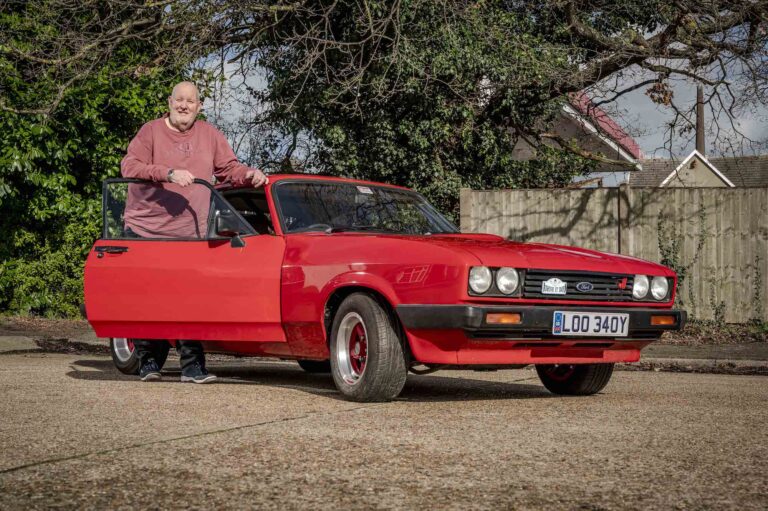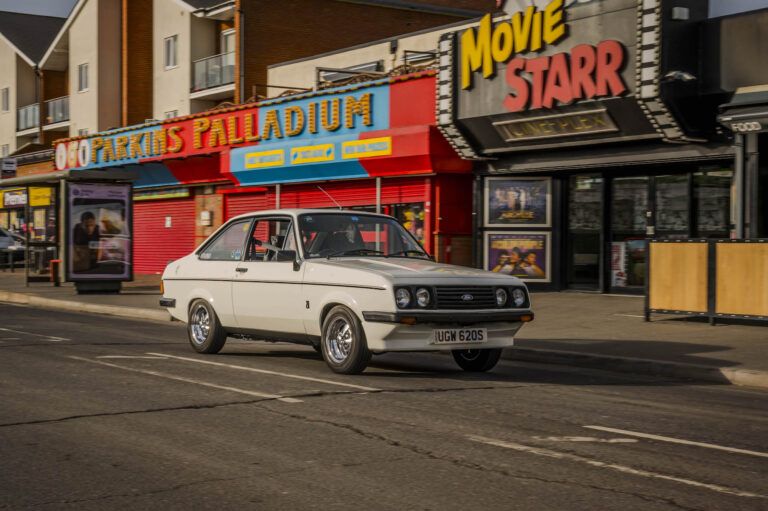It’s far from perfect, with one faded red door, rust popping up here and there and 143,000 miles under the belt of its old A-series engine.
But to David Flavell, none of this matters – Mickey the MG Metro has been with him through thick and thin, and he loves the little car, warts and all.
When he met his partner Jill in 2001, 15 years into his Metro ownership, he remembers warning her about his relationship with the car during an early date.
“She still jokes about it now, and I do remember the conversation quite well,” he says, in his garden in Colchester.
“After chatting away for some time, I said to her ‘there are probably two things you need to know about me that are slightly strange. One is that I’ve got this MG Metro that I’ve had for a long time, and I’m also quite a big Colchester United fan.”
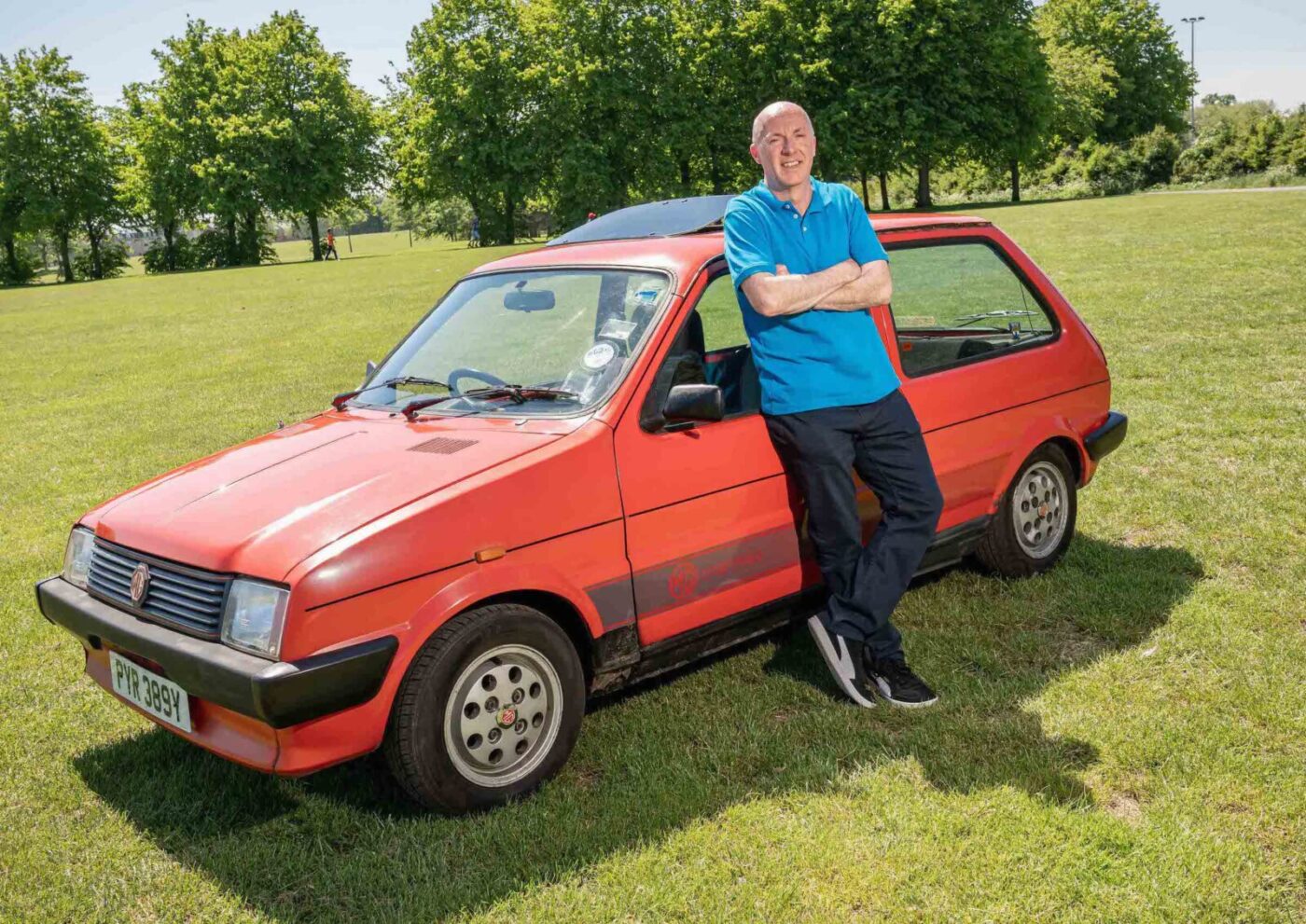
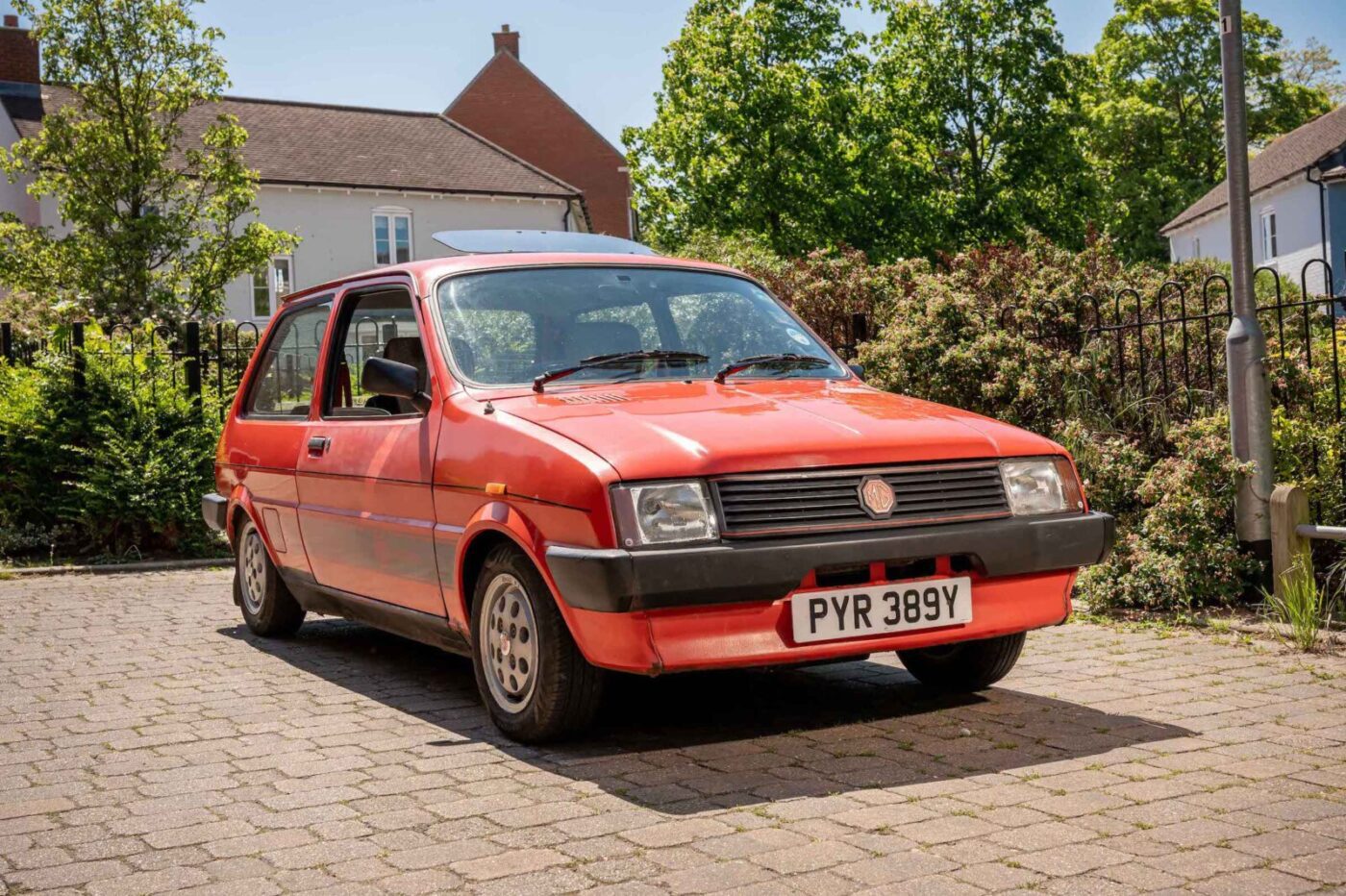
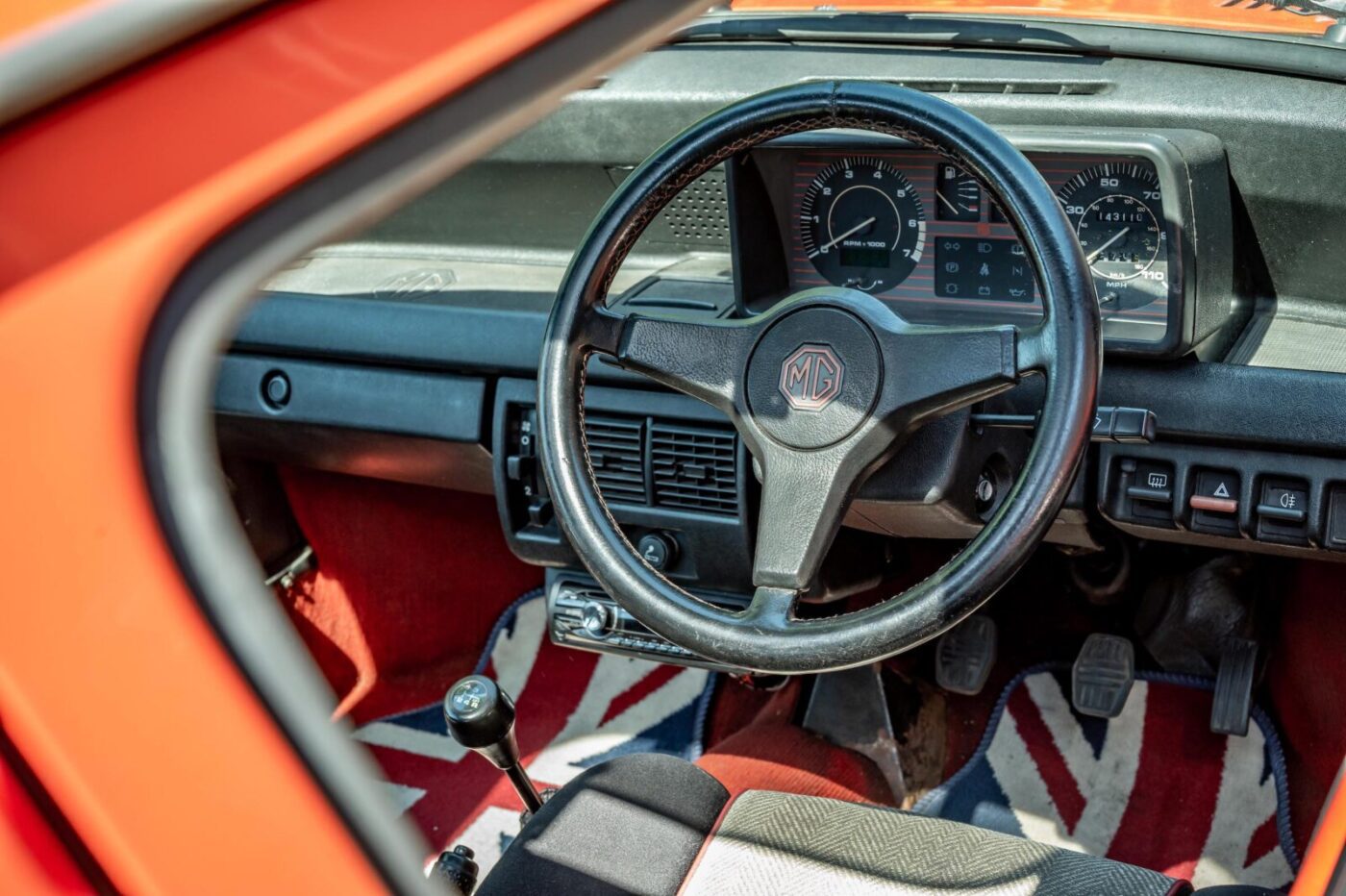
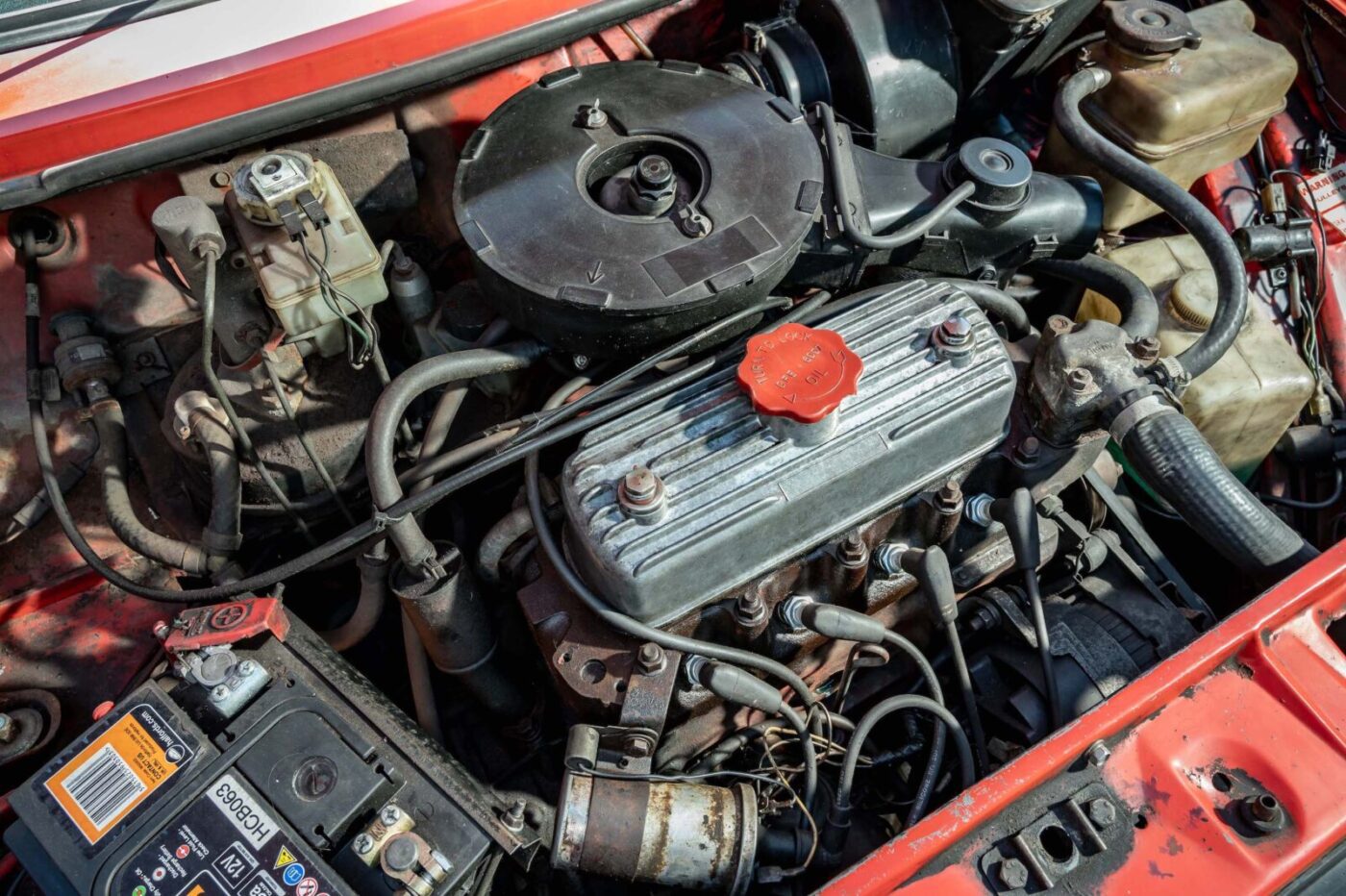
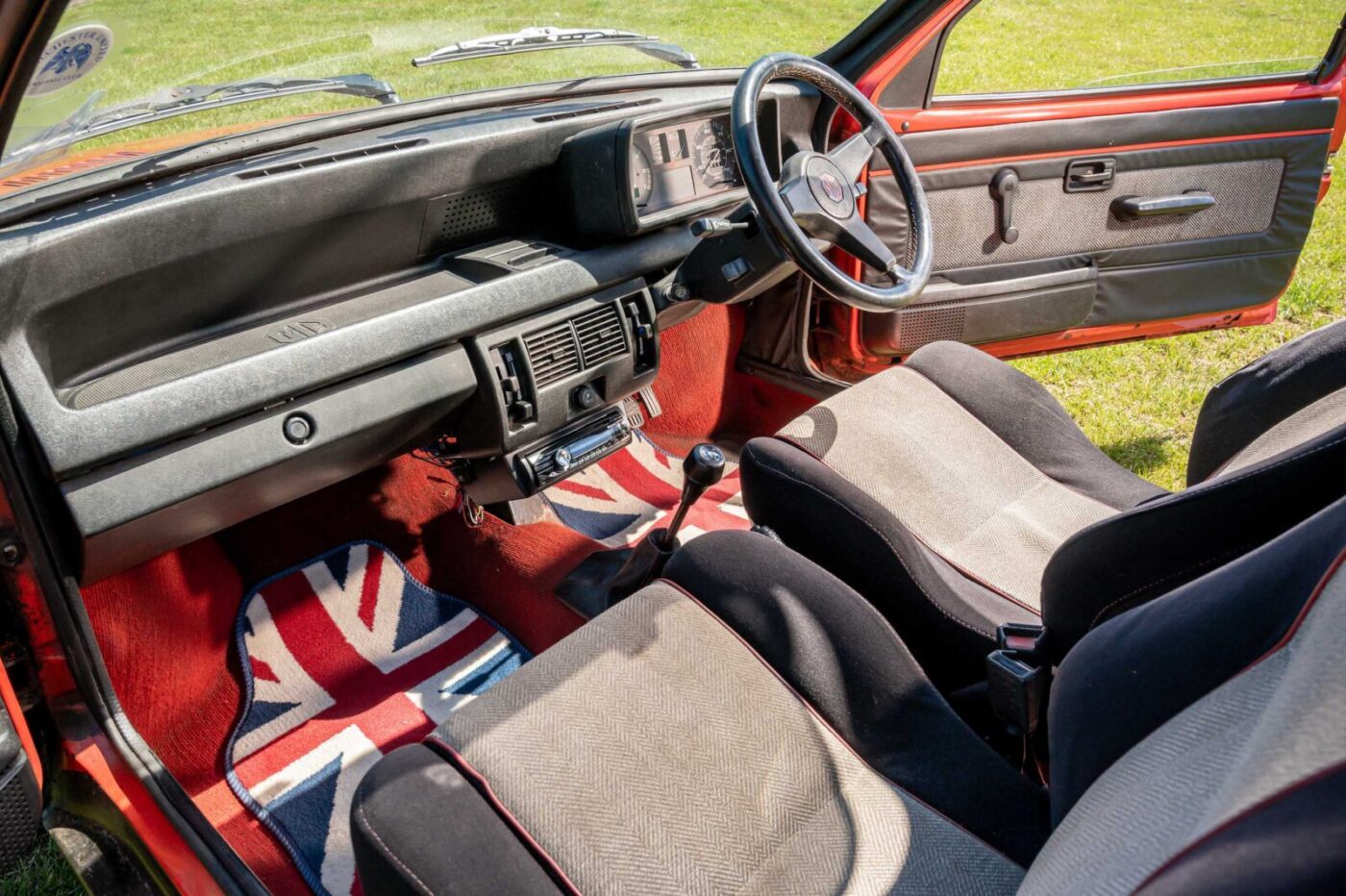
Mickey “will always be here”
Twenty years on and Jill, who “wasn’t a massive fan of it”, is now at peace with the knowledge that Mickey “will always be here”, says David.
“Jill and her daughter used to say that if anything happened to me they’d probably crush the car and use it as a coffee table,” he laughs.
“So when we had our wills done, it did get a mention. It goes to my brother, John, who takes a keen interest in it. I think he’d keep it, as long as I’ve got it up to scratch by then.”
Like Colchester United, for now languishing in League Two, Mickey has seen better days, but David has plans to bring the 1983 car back to something like its best.
“There’s never really been a point when there was loads to do until this January, when the MoT was due and they rang me up and said ‘I think you’d better come and have a look underneath your car’,” he says.
“I knew then there was a real problem. He had picked up on some bad welds that had been done in the past.”
The UK’s second Covid lockdown was in full swing, and David’s normal garage – down from six staff to just one – couldn’t get the work done until October. The MoT expired in two weeks’ time.“I’d had some work done in the past at Lee Scott Classic Cars, who squeezed me in and did a great job of fixing all the bits to get it through the MoT,” says David.
READ MORE ABOUT SOME OF OUR GREATEST CLASSIC CARS WITH

A series of articles on our Cult Classics site.
Long list of repairs
The MG is booked in for more comprehensive work in the autumn, with a long list of repairs that could cost up to £2,000 – almost as much as it’s worth.
Among the rotten areas that needed replacing or repairing are the sills, an A-post, a couple of floor panels, and parts of the front wings and door bottoms.
“Arguably it could cost as much to fix as it’s worth,” admits David, who spent most of his career working in insurance claims. “It’s technically a write off, and there would have been a time when I’d have thought ‘no, definitely not’ but, over the years, I have built up a bit of a fighting fund where I put a little bit of money away each month for it.”
David’s Metro story began when he took driving lessons in a new one 40 years ago, but his instructor didn’t like it and switched to a Mini two weeks before he took his test.
After passing at the third attempt on New Year’s Eve, aged 17, he bought a 10-year-old Mini 850.
“My best friend Wayne and I both bought Minis,” he says. “We went everywhere in them. It was great fun.
“But then I got a girlfriend who lived in Brightlingsea, about 10 miles from Colchester, which is when the problems started. Breaking down at midnight half way home wasn’t fun.”
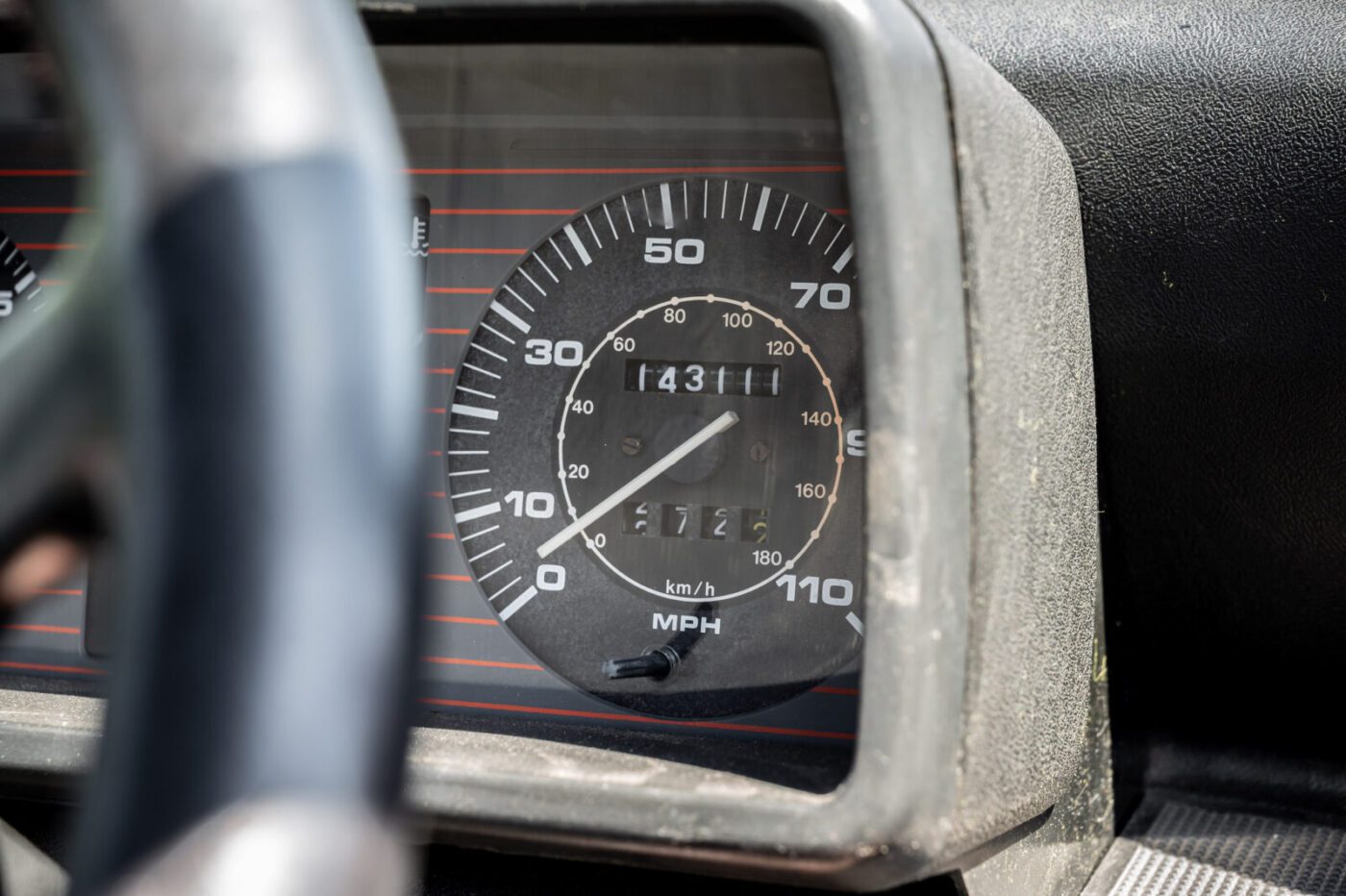
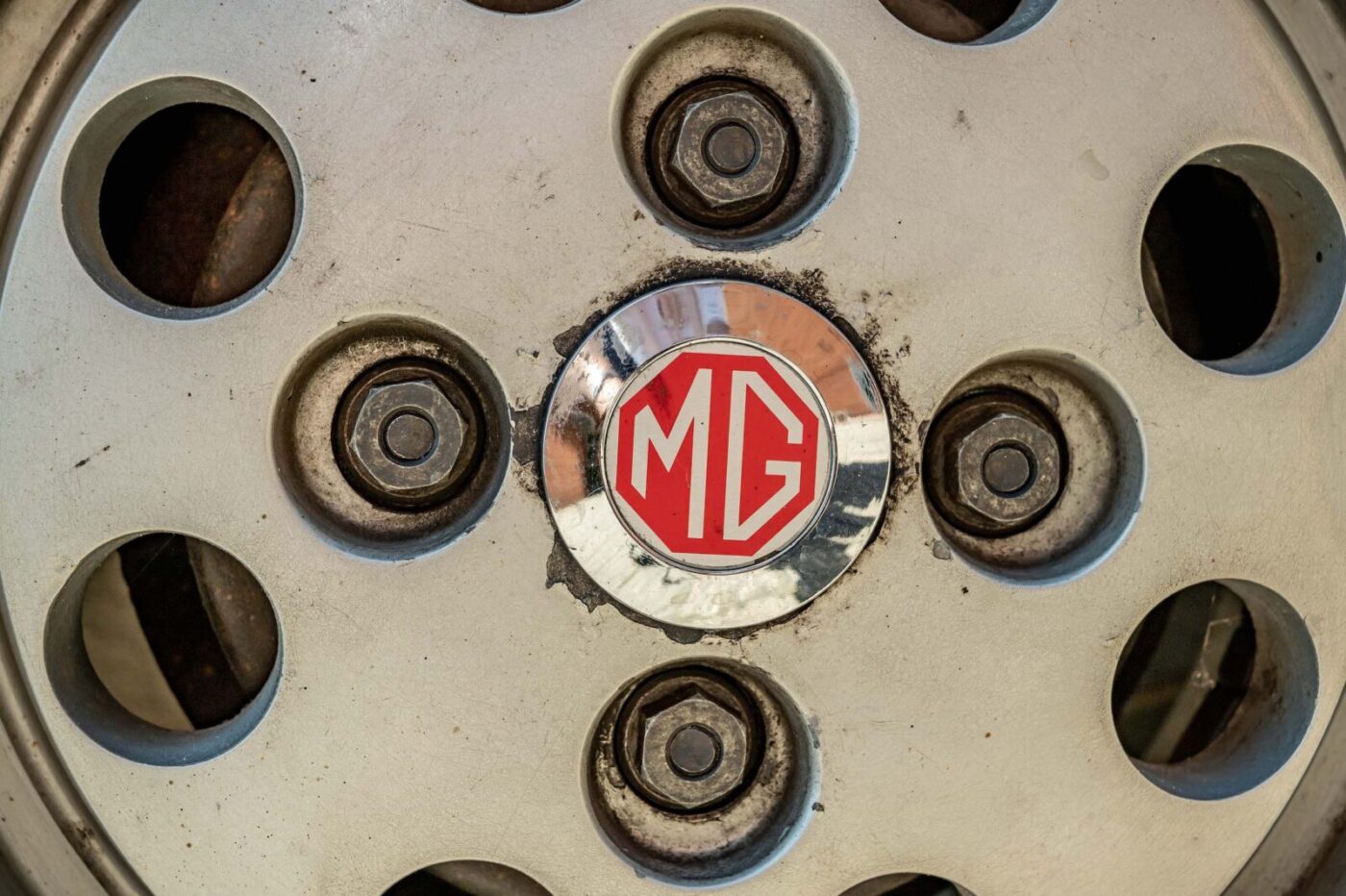
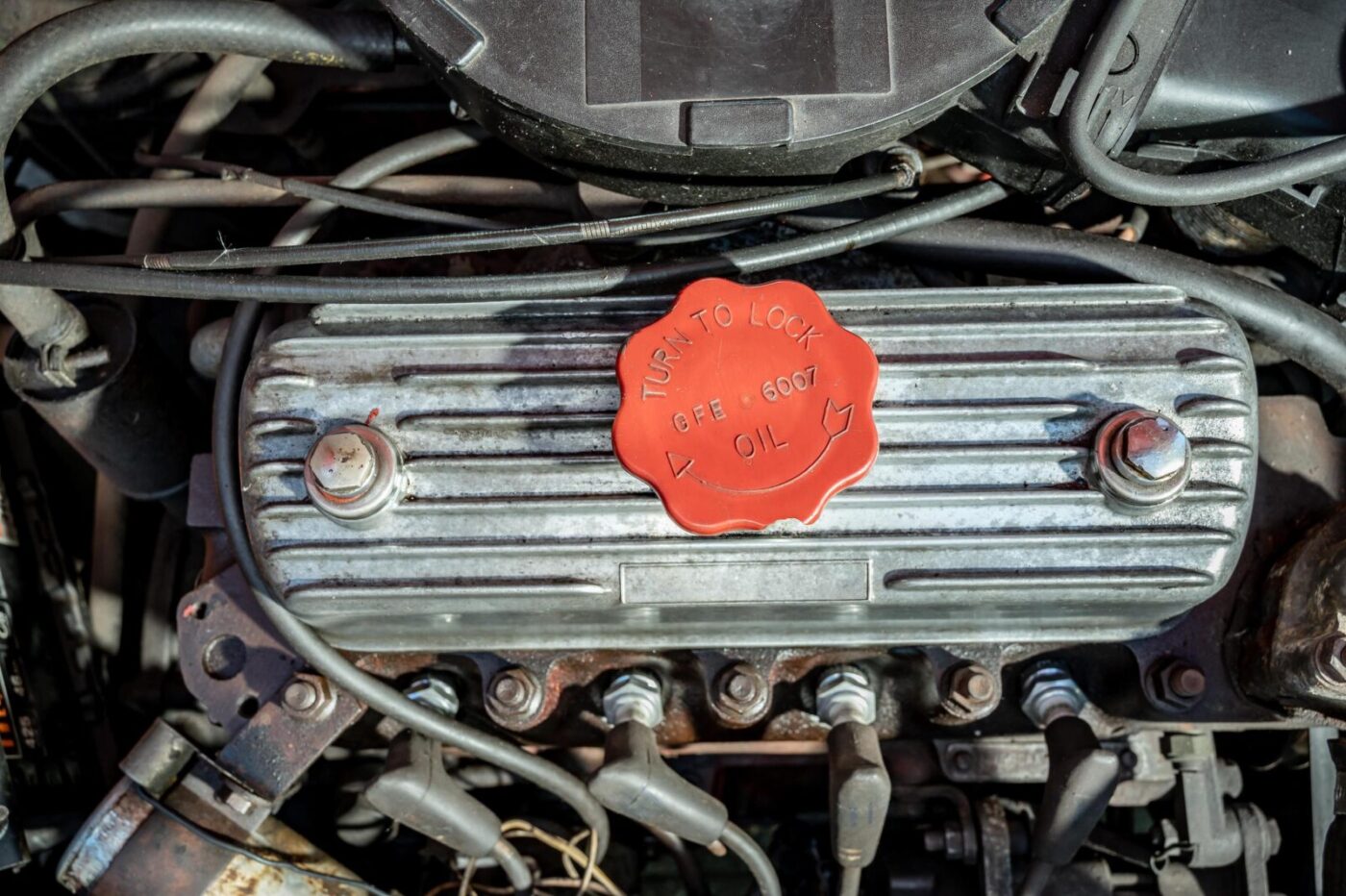
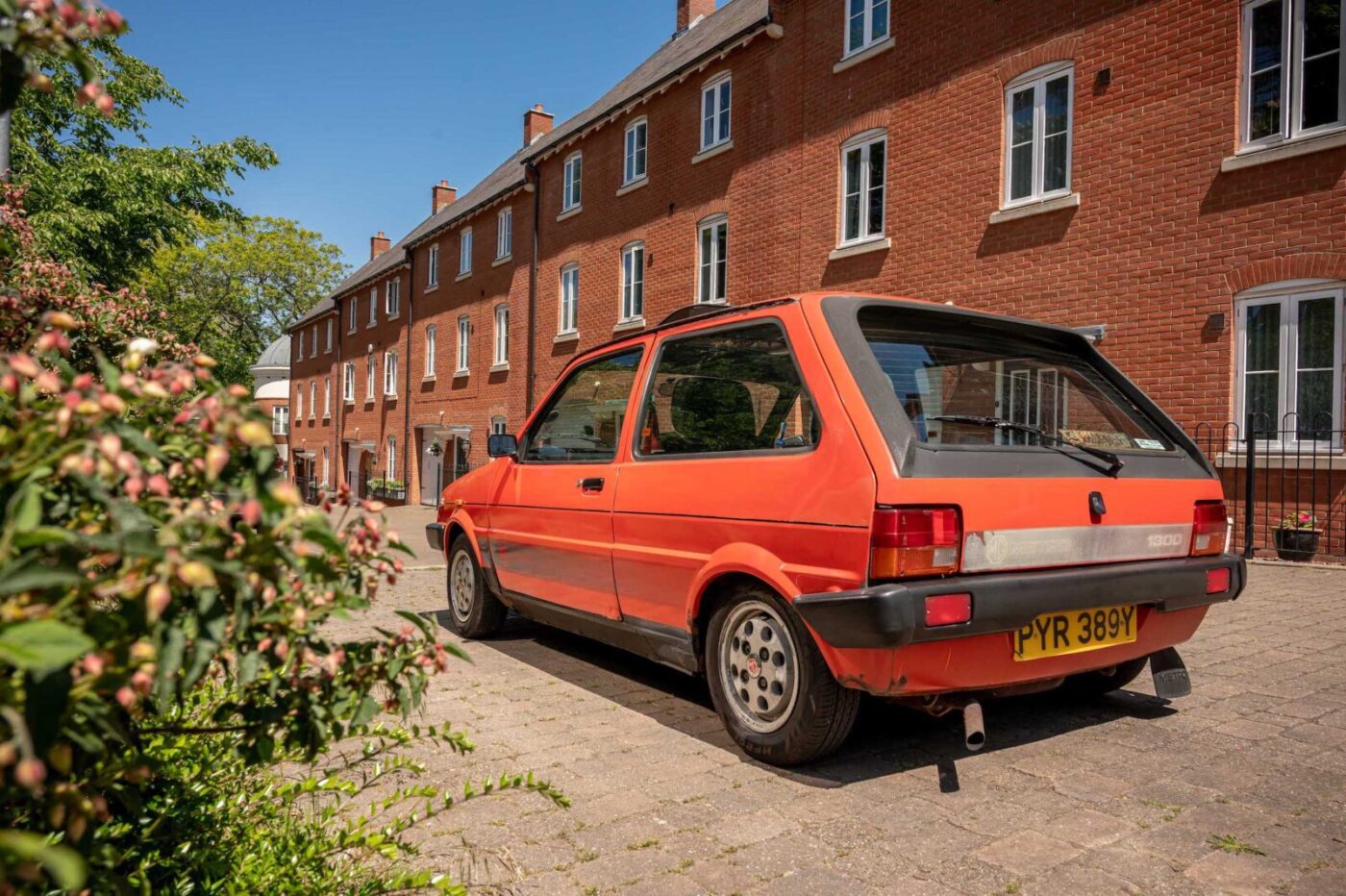
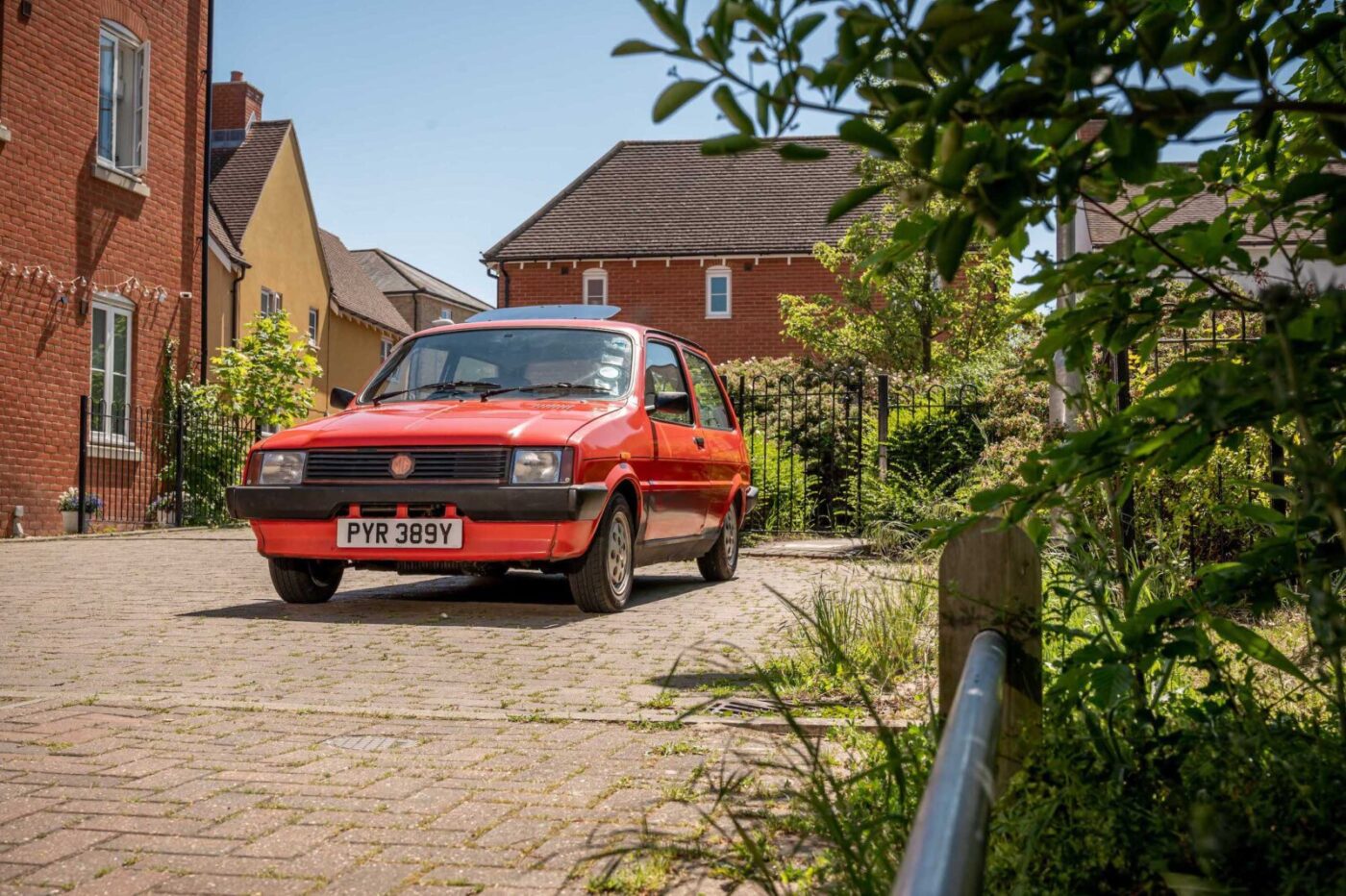
Comfortable Viva estate
The Mini was replaced by a 1972 Vauxhall Viva estate his father had bought brand new, a considerably smoother and more comfortable ride, and more reliable too.
“It was immaculate, with a nice curved back, and I had that for a couple of years,” he adds.
By then, David was working as a claims handler for Sedgwick in Witham, in the days when companies bought their company cars outright and sold them on after three years.
After a couple of years with the Viva, he started to look for something newer, scouring the noticeboard at work for ex-company cars for sale.
“They stuck the cars on a board on the last Friday of every month and everybody used to quickly get on the phones and try and buy one,” he remembers. “They had a fantastic scheme where you’d put a third of the money down and they took the other two thirds out of your salary, interest free, for two years.”
One Friday in late August 1986, a cinnabar red, 1983 MG Metro appeared on the list, priced at £2,750.
It immediately jumped out at David, who traces his enthusiasm for such cars back to his schooldays.
“When I was about 16, a black Mini 1275GT used to drive past me on my walk back to school from lunch and I thought ‘that’s lovely, I really like that; one day,’” he recalls.
81.5% of customers could get a cheaper quote over the phone
Protect your car with tailor-made classic car insurance, including agreed value cover and discounts for limited mileage and owners club discounts

Modern version of 1275GT
“Obviously the Metro was supposed to replace the Mini, but I didn’t give it a second thought when they came out. When the MG Metro came out though, it was sort of like a modern version of that Mini 1275GT.
“So I did have it in my head that I really liked them, and when that came up on the list I didn’t see anything else.”
Getting any of the company cars was a case of fastest fingers first, so David, who was 22 at the time, got his friends to ring up the busy hotline.
“Fortunately one of them got through, but even then I was number two on the list, so I wasn’t guaranteed to get it,” he says. “Thankfully, number one didn’t want it, and I went to London to pick it up.”
When it was launched in 1980 the Metro was an instant sales success, and road testers hailed a car that was almost as fun to drive as the Mini it was meant to replace.
Autocar described a “highly enjoyable and thrusting little car”, which became even more fun when British Leyland resurrected the MG octagon and fitted a pepped up version of the 1275cc A-Plus engine, based on the unit that first appeared in the 1951 Austin A30.
The MG was 20 per cent more powerful than the standard car, with 73bhp good enough for a brisk 0-60mph time of 10.9 seconds and a top speed of 103mph.
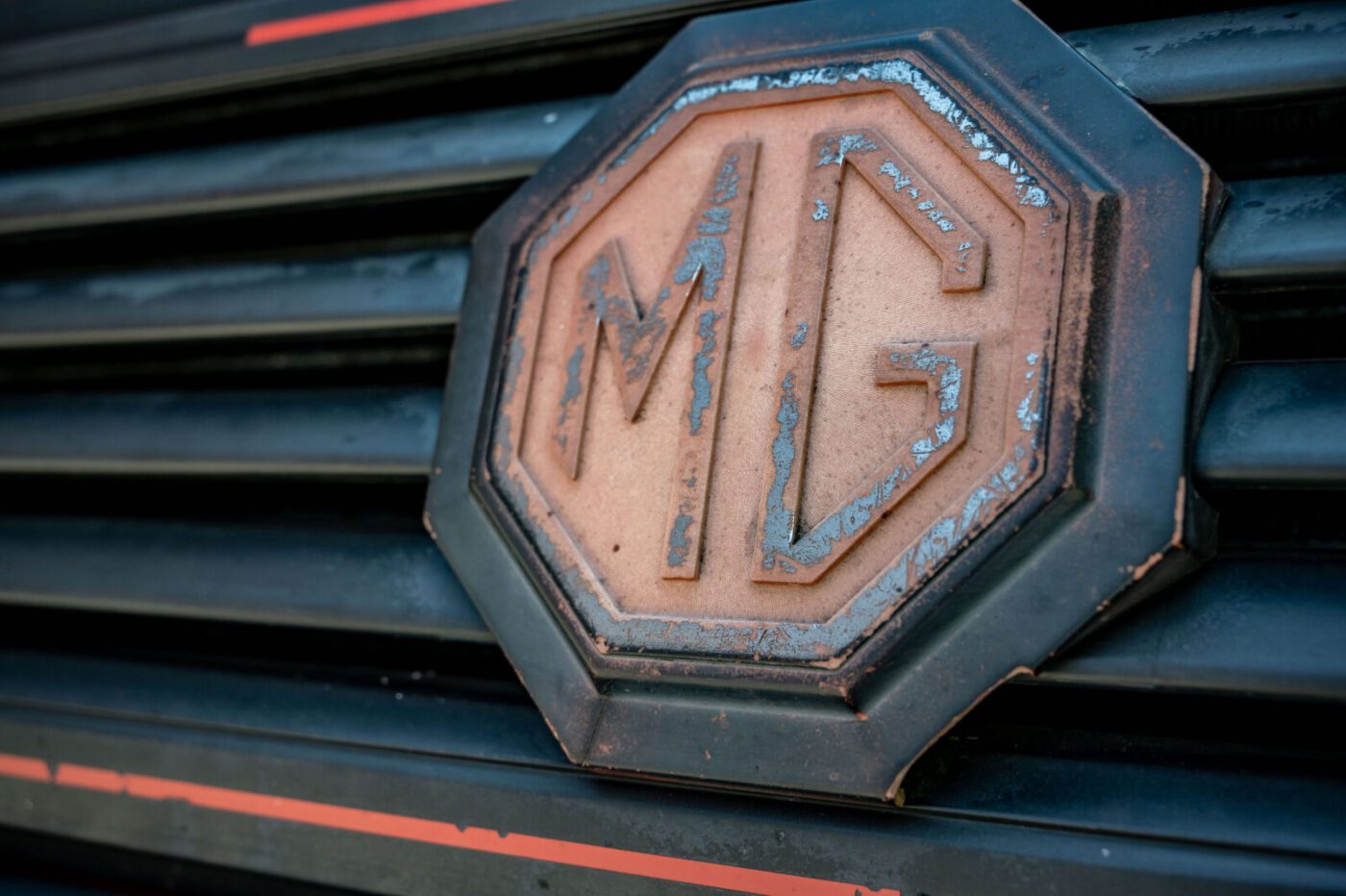
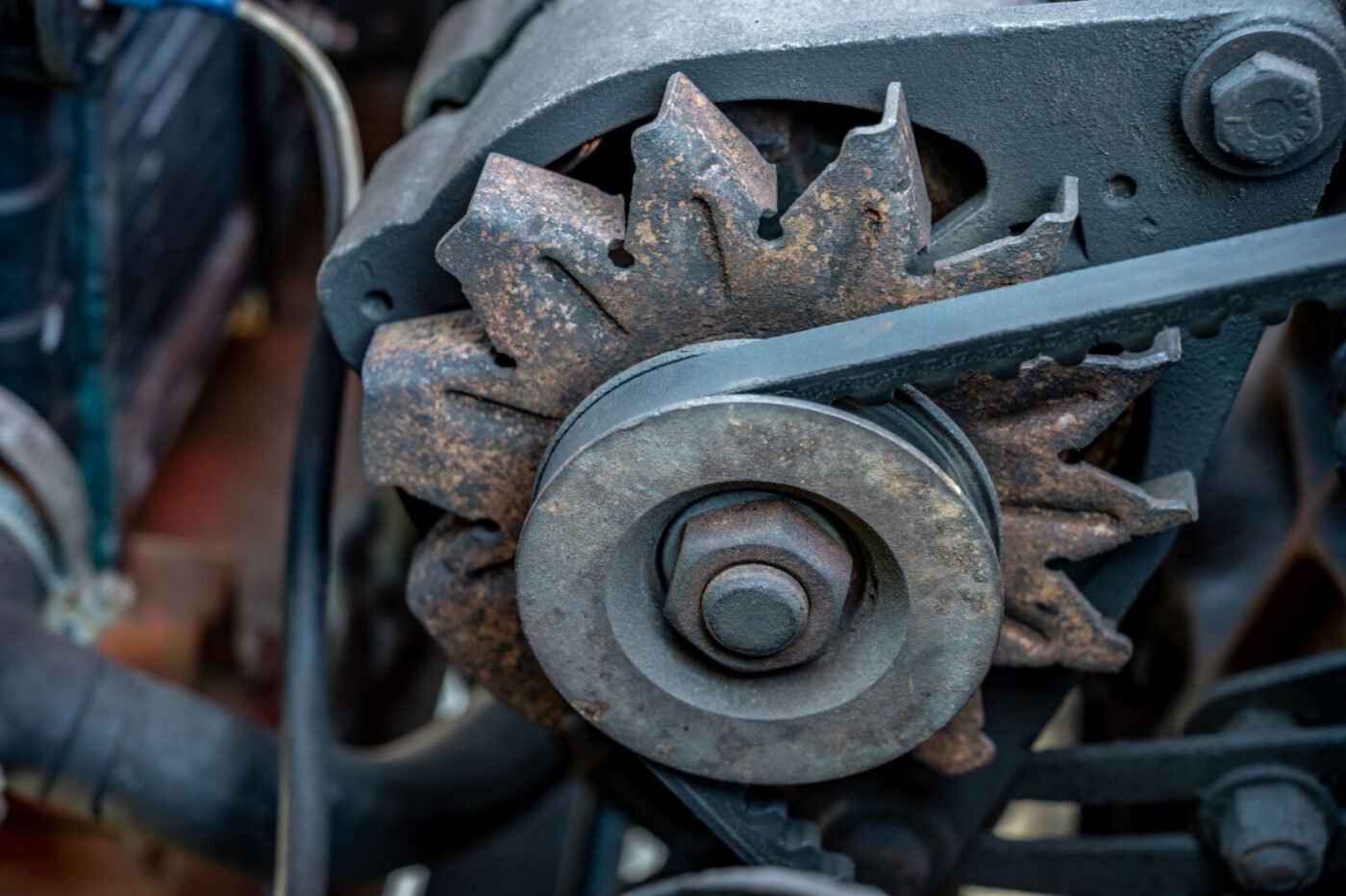
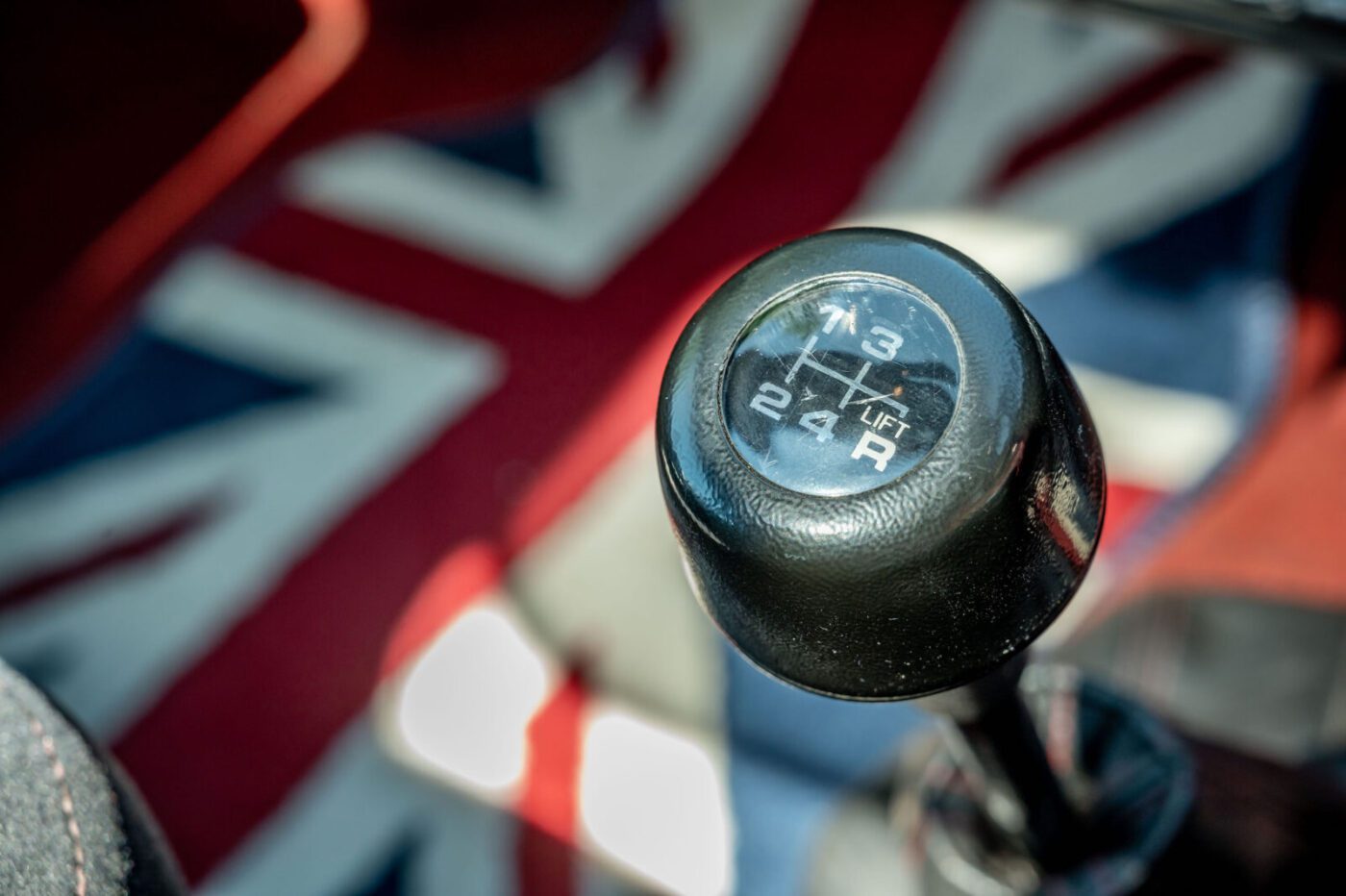
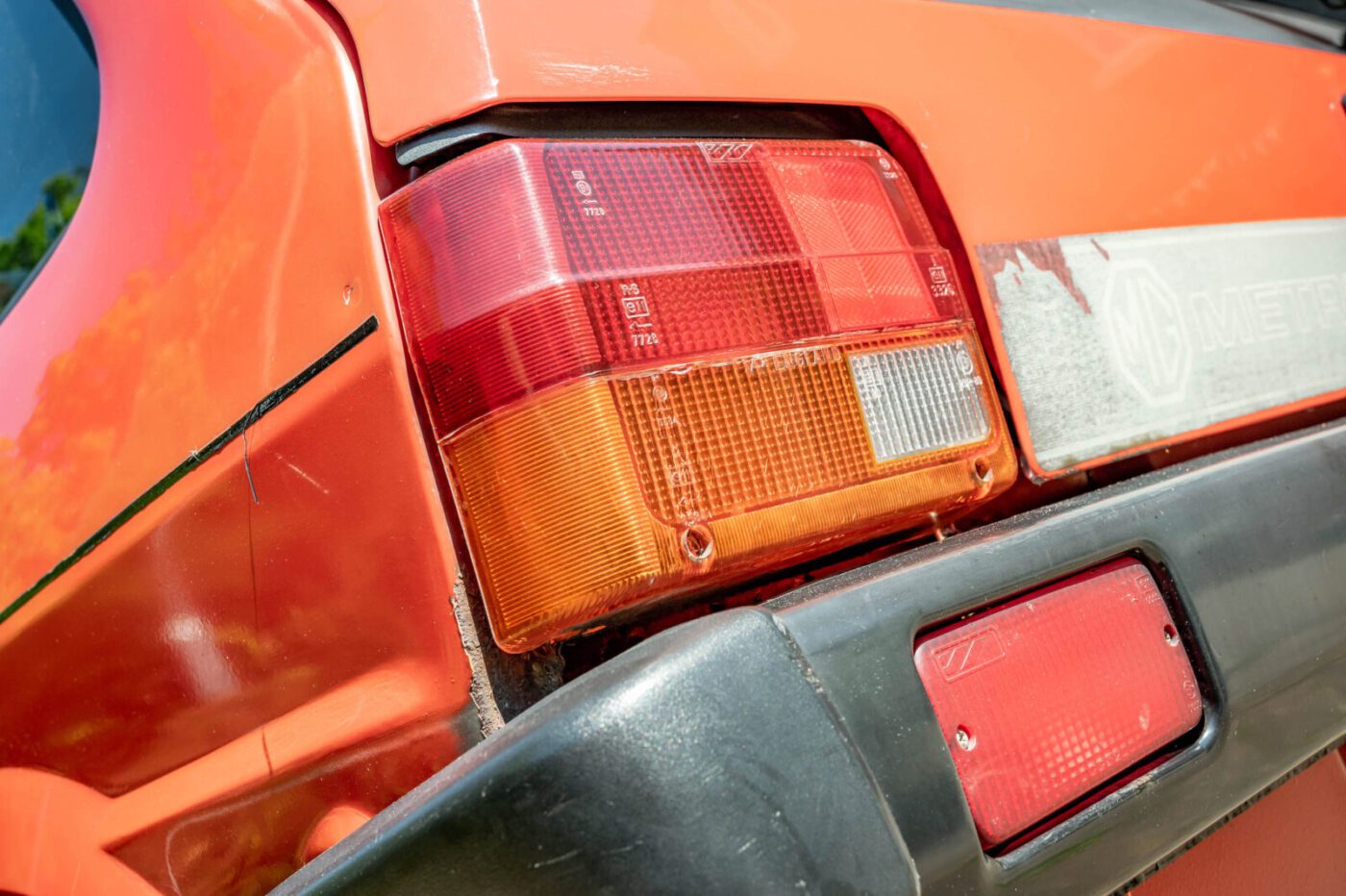
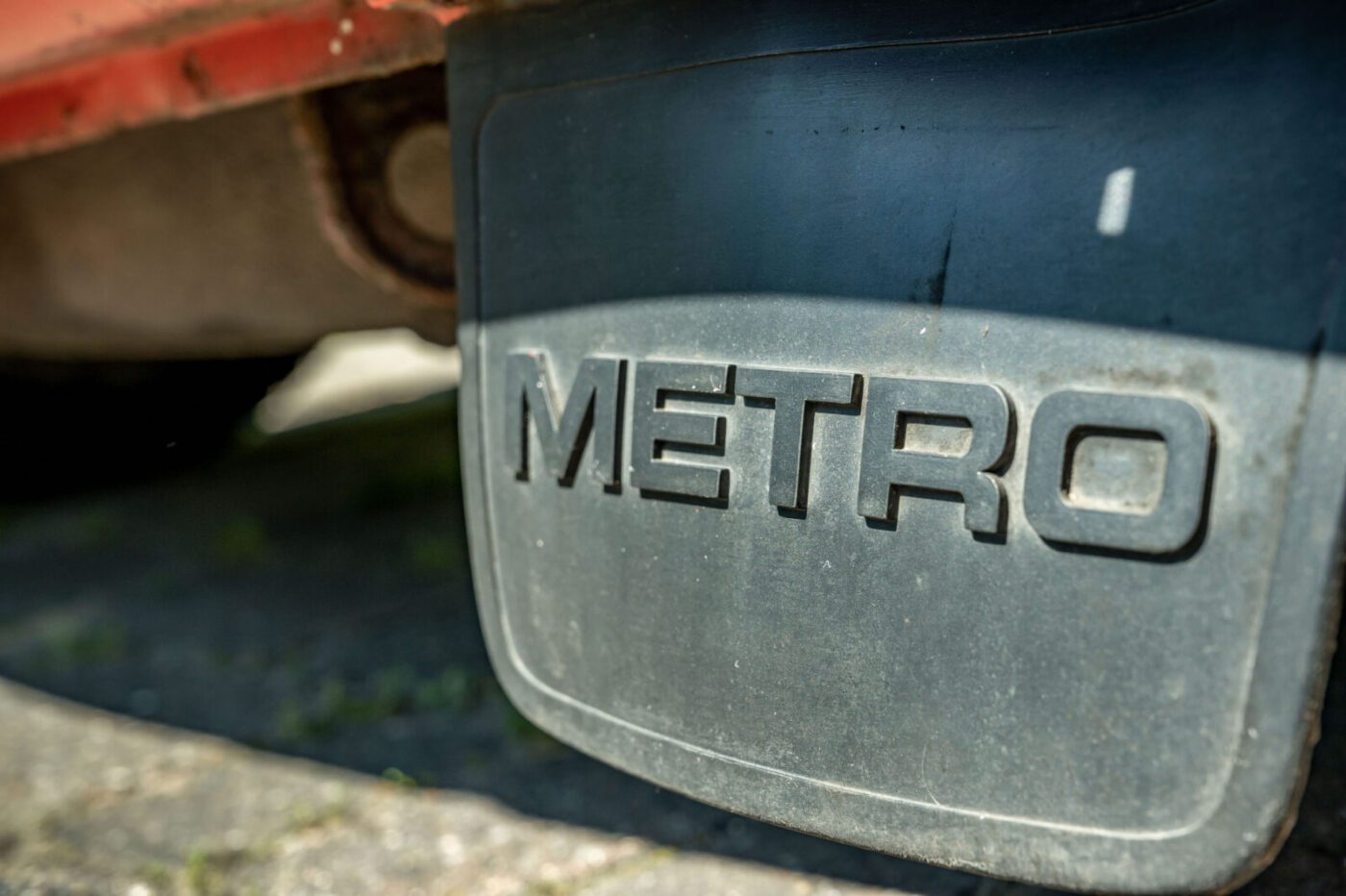
Go-faster Metro
CAR magazine said the “tinselled, go-faster Metro” was “a modest but remarkably effective package that transforms the car”.
David’s car had covered about 18,000 miles in its first three years, but he had to wait a while to add much to the tally after becoming seriously ill within days of buying it.
“I had what, fortunately, turned out to be a benign tumour growing on my stomach wall,” he says. “It caused all sorts of complications, and I was rushed to hospital in early September.
“I had driven the car a handful of times and I didn’t get to drive it again until November when I finally got out of hospital and recovered.”
In the meantime, John had bought the Viva, which David was in the process of selling when he was taken ill.
“Whether he bought it out of sympathy, I don’t know,” he says. “Sadly, he then sold it to one of his friends and they wrote it off in a Tesco car park, somehow.”
The MG served as David’s only car for about nine years, doing about 12,000 miles a year to and from work and on holidays with his first wife, Jo.
READ MORE ABOUT SOME OF OUR GREATEST CLASSIC CARS WITH

A series of articles on our Cult Classics site.
Load-carrying Metro
“We’d holiday in the UK a lot, up to the north east of England and down to Lands End, and when we moved in together it had fridges in the back, and even a small tree we were given for the garden,” he says.
“It was always the main car between the two of us, which caused difficulties sometimes because we’d go to work in two different directions.”
That problem was solved when a promotion at work came with a company car, a new-shape Rover 200 in 1995.
“Jo was working as a dental nurse in the country five or six miles away, and there was no public transport out there, so she was mainly using the car and it made sense to keep it,” he adds.
The MG was, and remains “great driving around town and country lanes because it’s like a little go-kart, the way it clings to the road”, but struggles somewhat on motorways.
“It was never a highlight,” says David. “In the early days, you get used to what you drive and it was probably only when I got the company car that I realised how rough the MG was on the A12 and motorways.
“It’s only got four gears and that’s definitely a downside on the high-speed motorways. I remember three of us going to work in Witham, bouncing around on the A12.
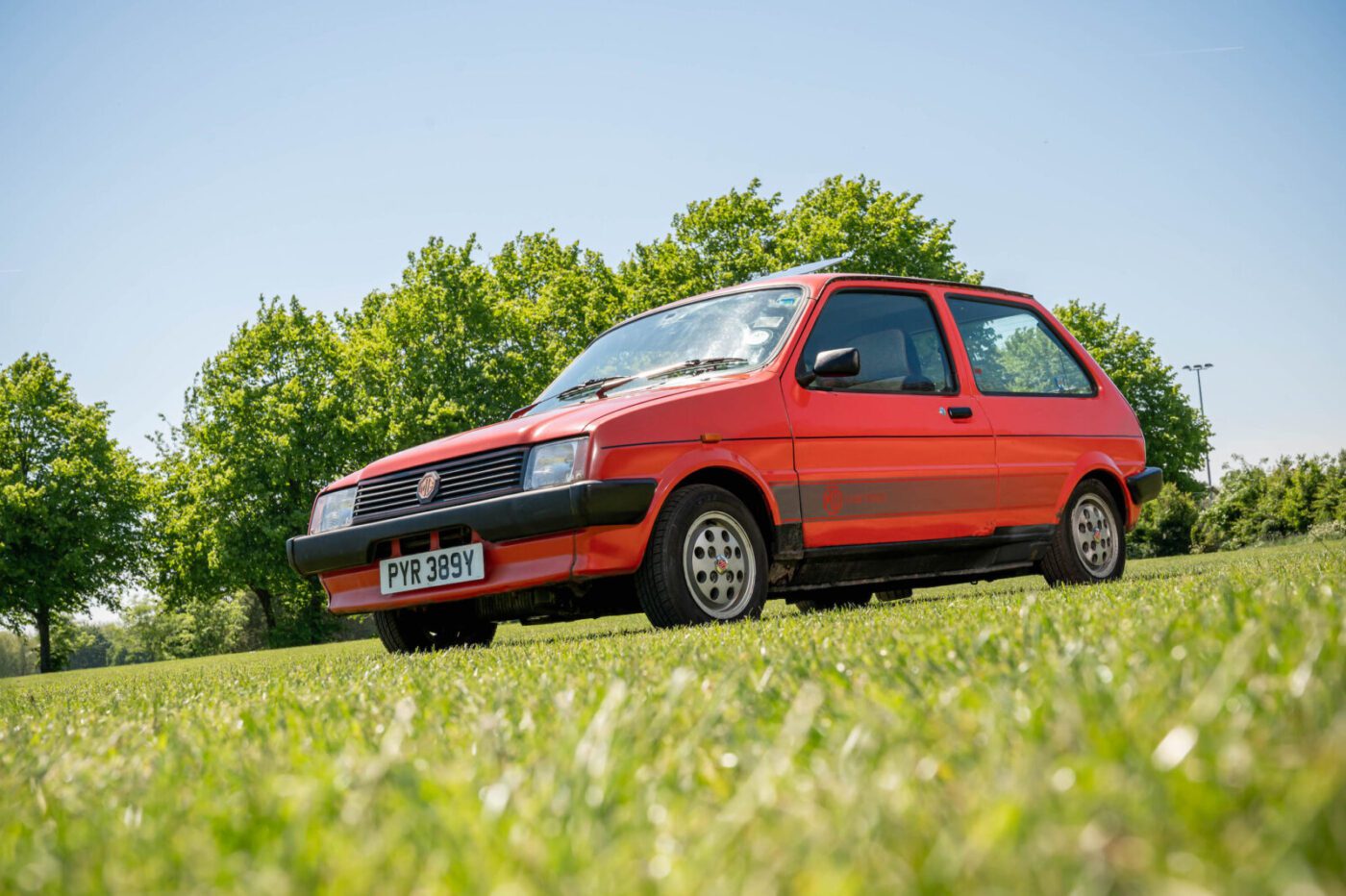
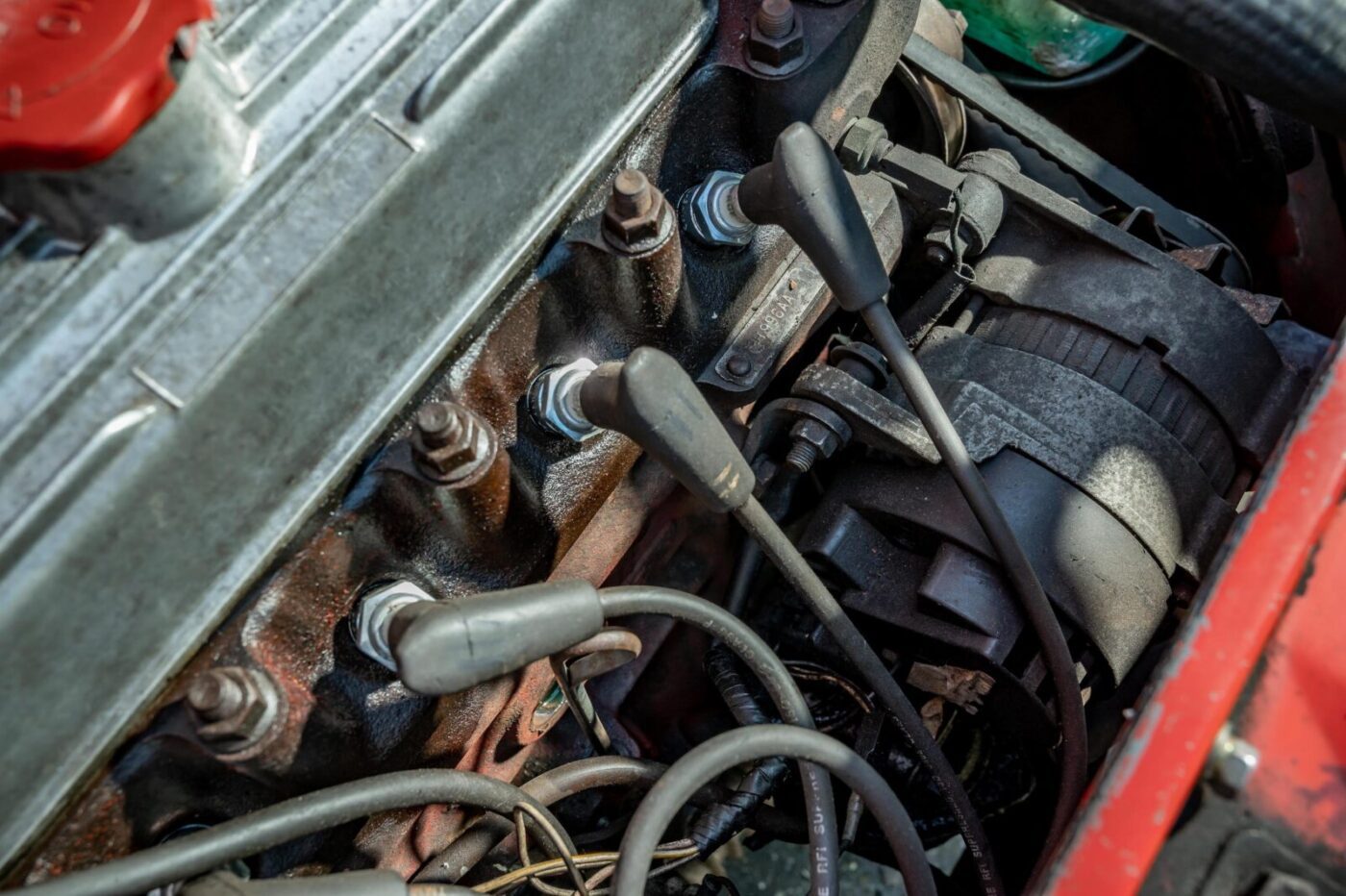
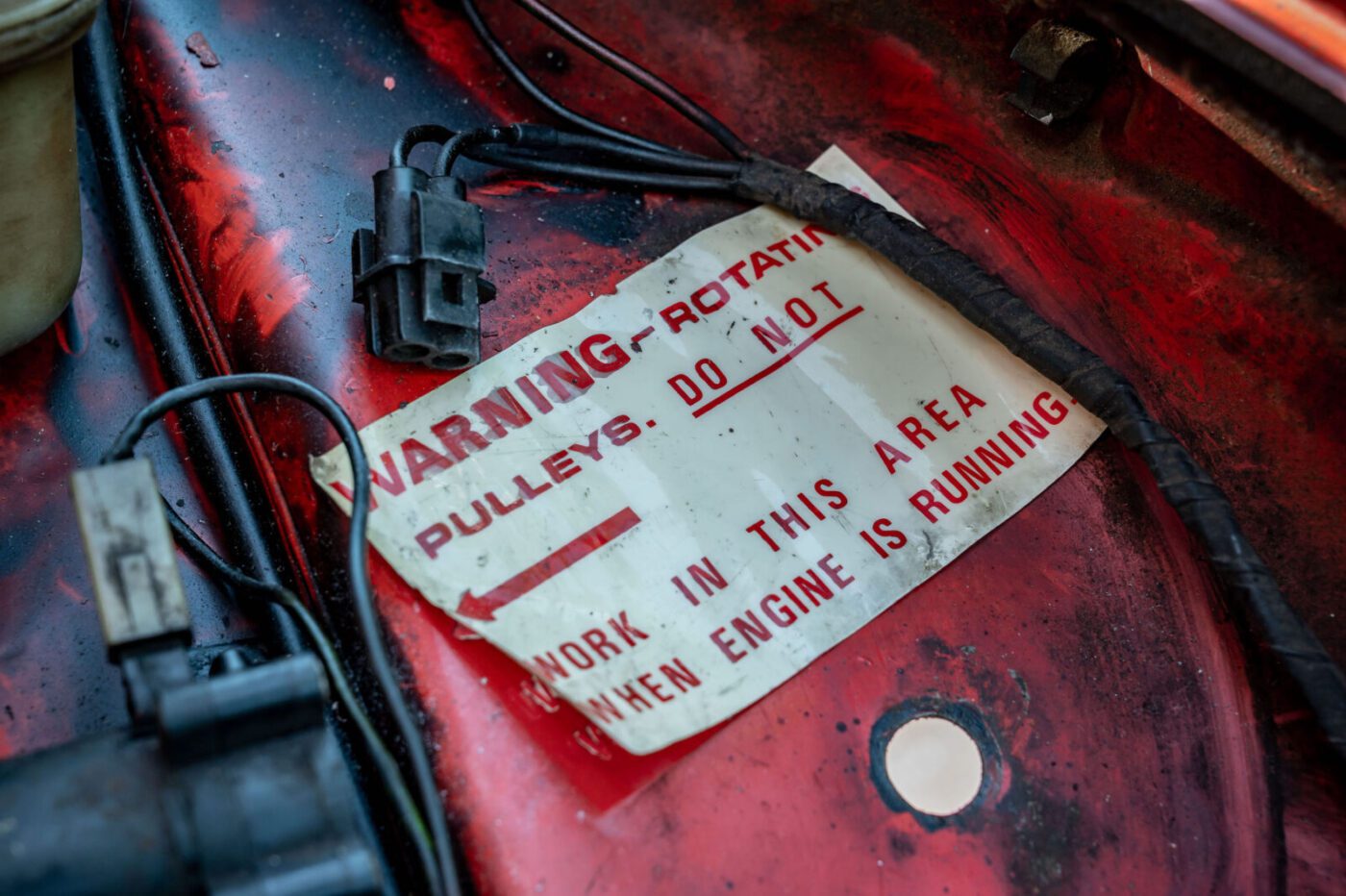
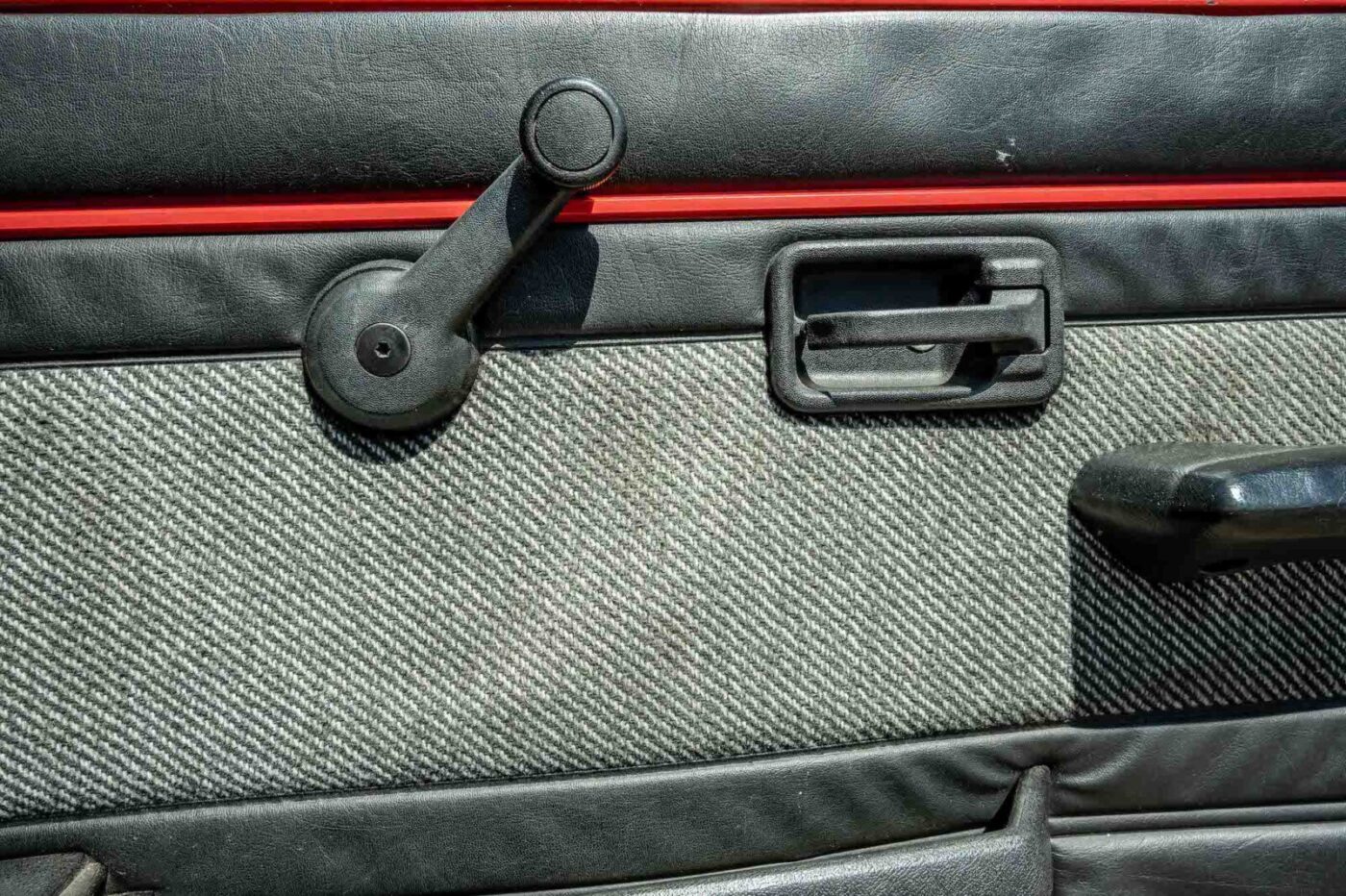
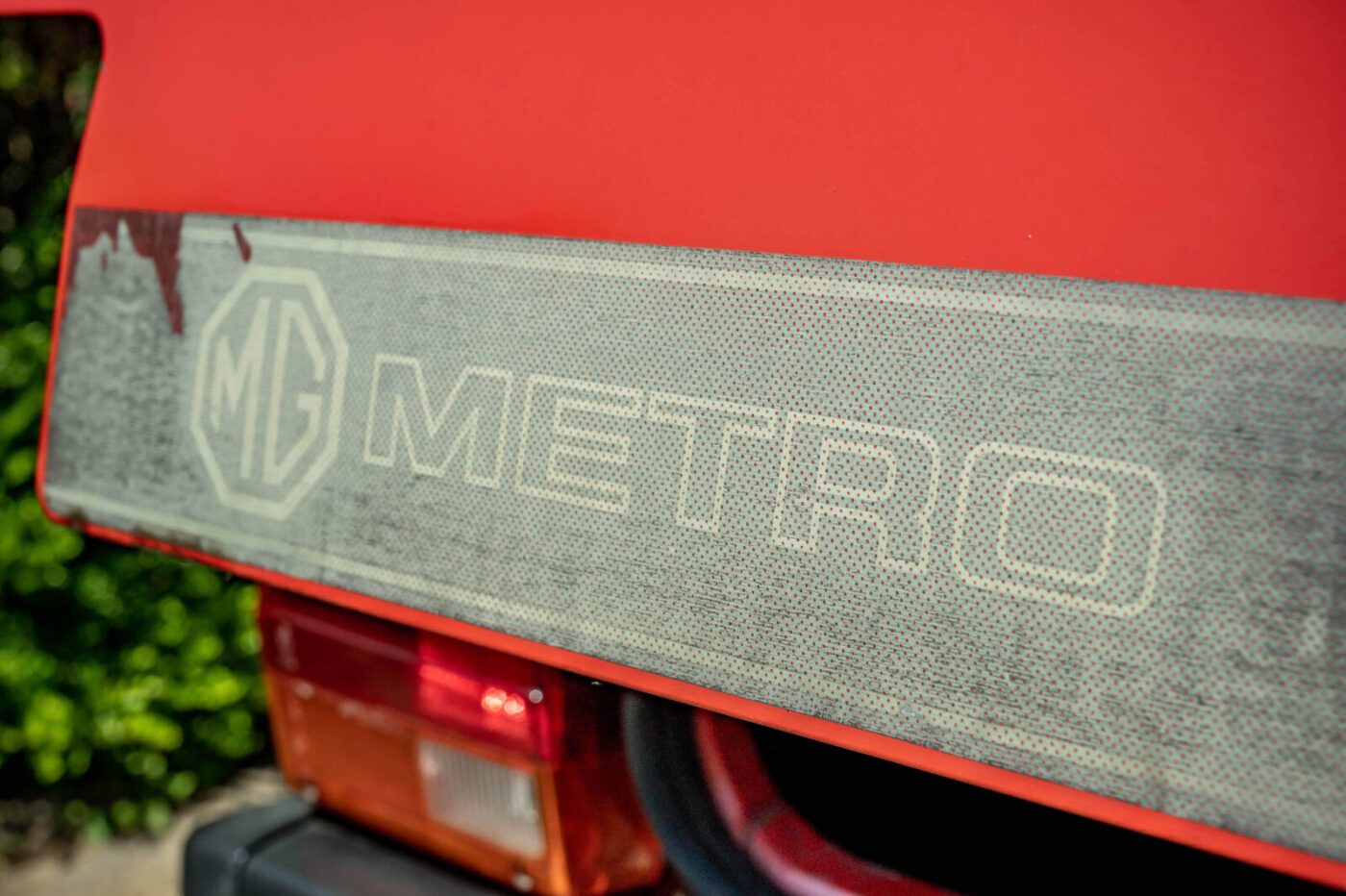
Avoiding motorways
“It got to a point that we were going to Yorkshire and I planned a route that took us along the back roads, through the Fens, so I could avoid some of those motorways because it just wasn’t very enjoyable.”
By then the engine and gearbox had been reconditioned, with other running repairs including two clutch slave cylinders, various welding patch-ups, and an excessive number of front tyres, which wore at an alarming rate.
When he was made redundant and lost the company car, the couple bought a Rover 400, and the train took the strain during spells working in London and Norwich.
When he and Jo separated, she kept the Rover…
“It may seem strange that I kept the MG in terms of our requirements, but it was always going to happen,” he says.
“I had got to the point where I was quite attached to it, but I said to one of my close friends ‘I might have to get rid of the car’, and he said ‘you can’t get rid of the car – that’s you, we all think of you and we see a Metro’.”
So Mickey soldiered on as David’s sole car, but the relationship was nearly brought to an untimely end in the late 1990s.
Mickey’s great escape
“I got up one morning, and thought ‘I don’t remember the door being ajar’,” he remembers. “Someone had tried to break into it and had used a crowbar to try and snap the steering lock, which fortunately lasted. But the steering wheel had all been broken and various other bits and bobs.
“I was insured with Axa, and they said they’d get someone to pick it up. I didn’t hear anything for a few days, so I chased them up.
“They said it had been taken to a salvage yard somewhere in Suffolk, and there was a cheque on its way. ‘What do you mean?!’
“‘Well, it’s a write off’, they said. ‘We can only use brand new parts, that will cost x and it’s only worth y.
“I got the theory, but you don’t need brand new parts. So I had to track down my car because they were refusing to bring it back.
“To cut a long story short, it did turn up one morning. There was a knock on the door and a big burly bloke ‘here’s your car mate’.
“I sent the cheque back and, in the end, we called it quits. Fortunately I was able to source a second hand steering rack, steering wheel and ignition bits. I was quite lucky.”
Once repaired, the Metro continued as the main car after David met Jill in 2001, the couple living on the road outside their town centre home.
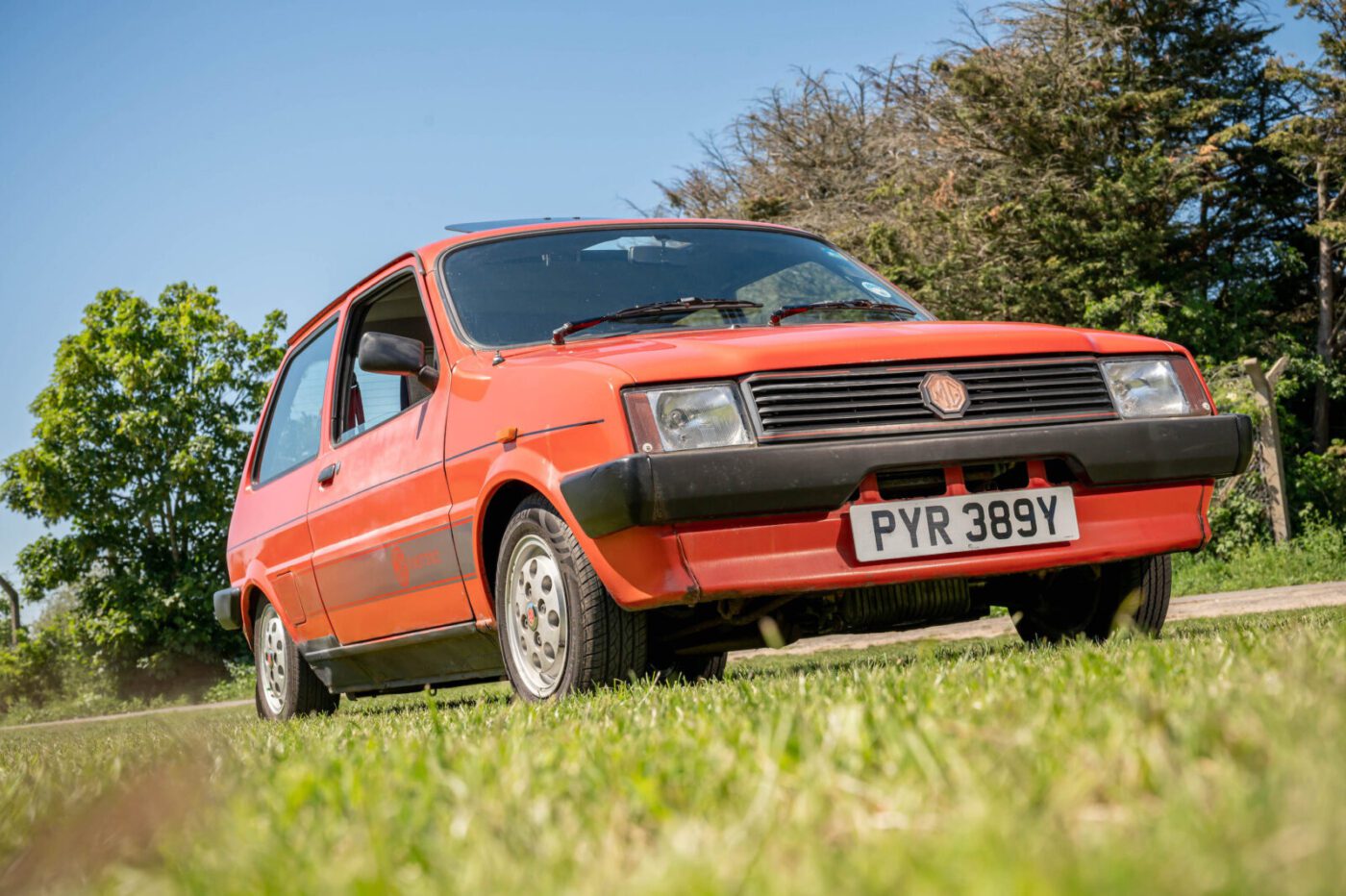
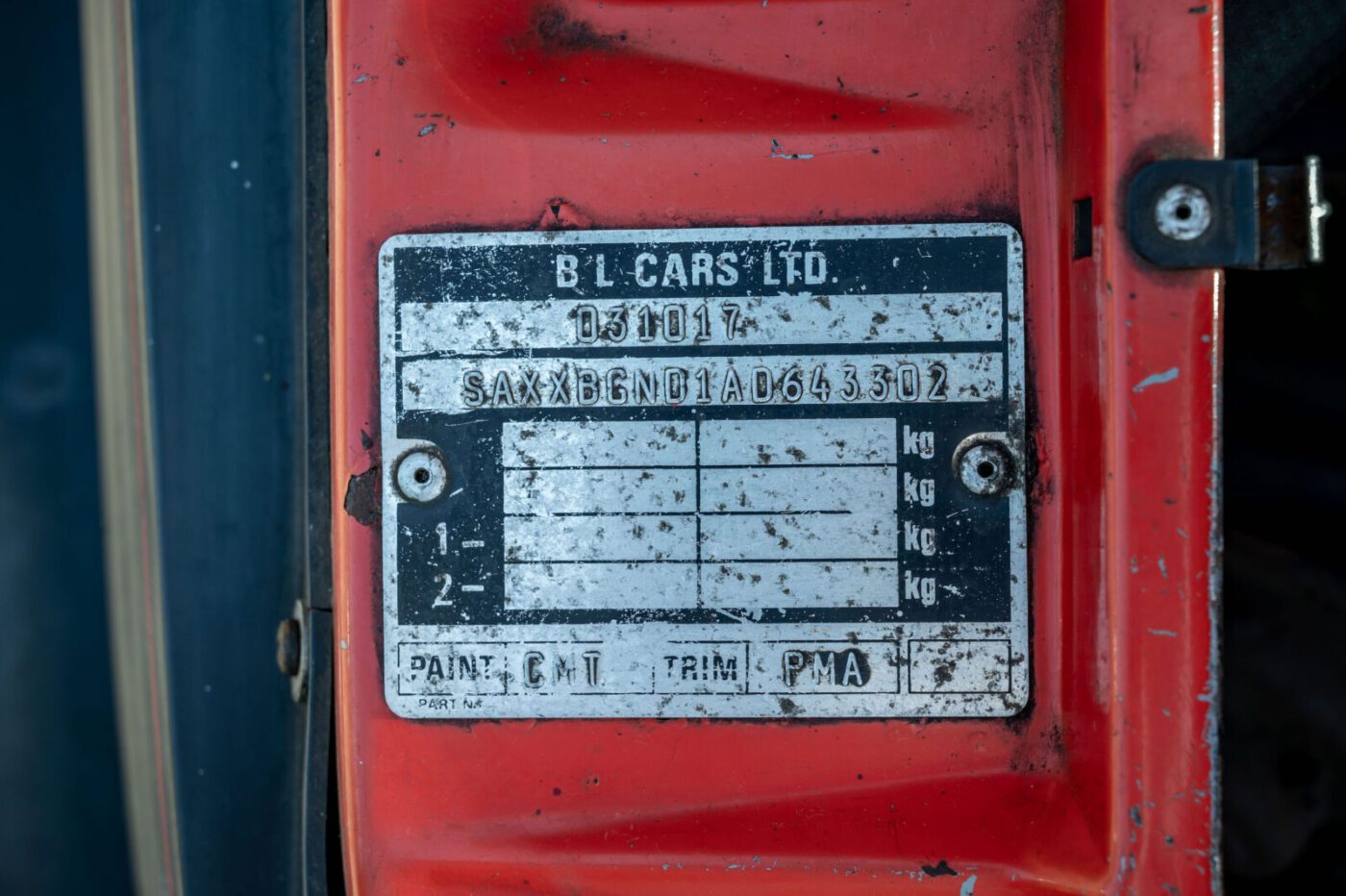
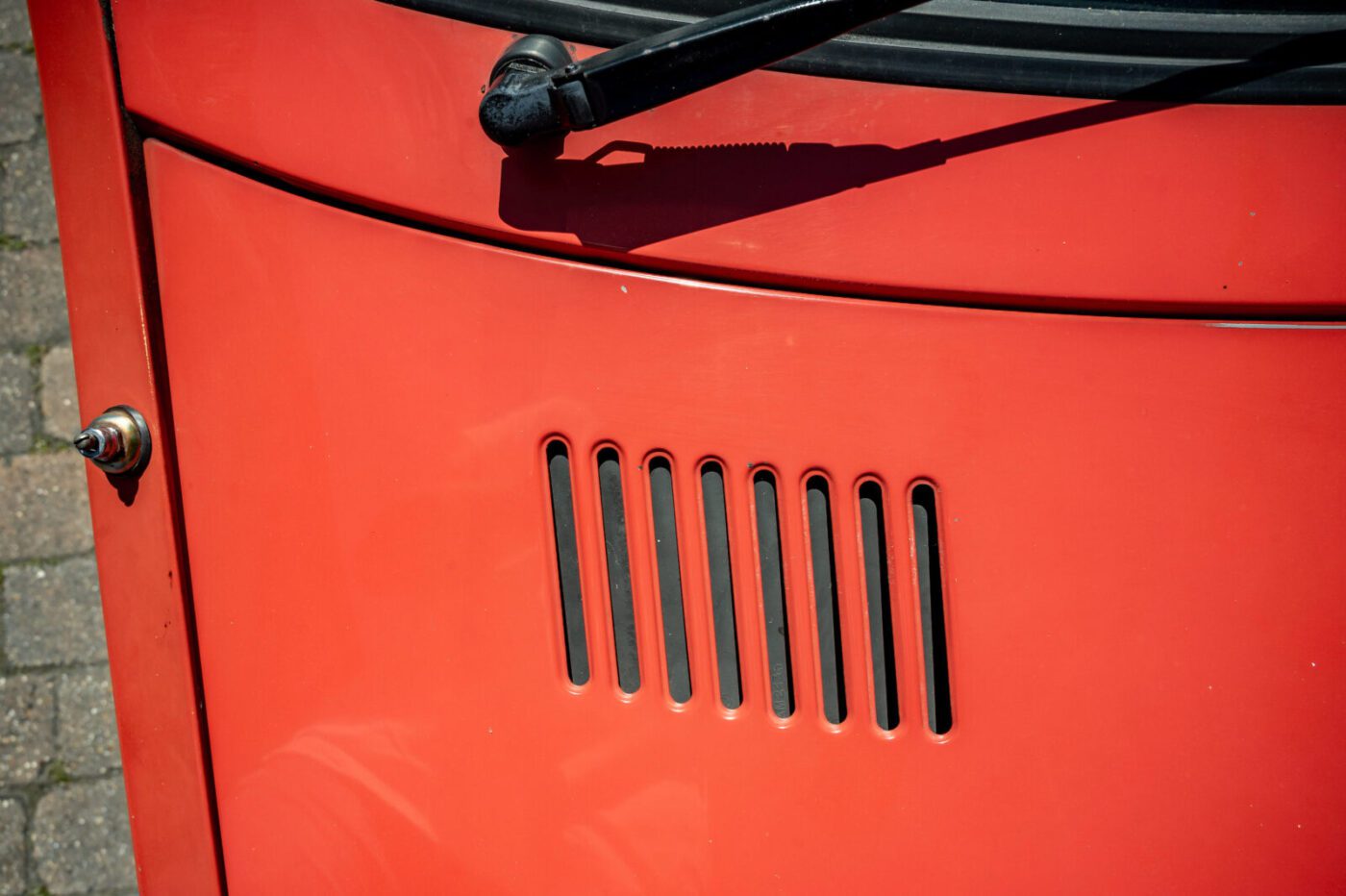
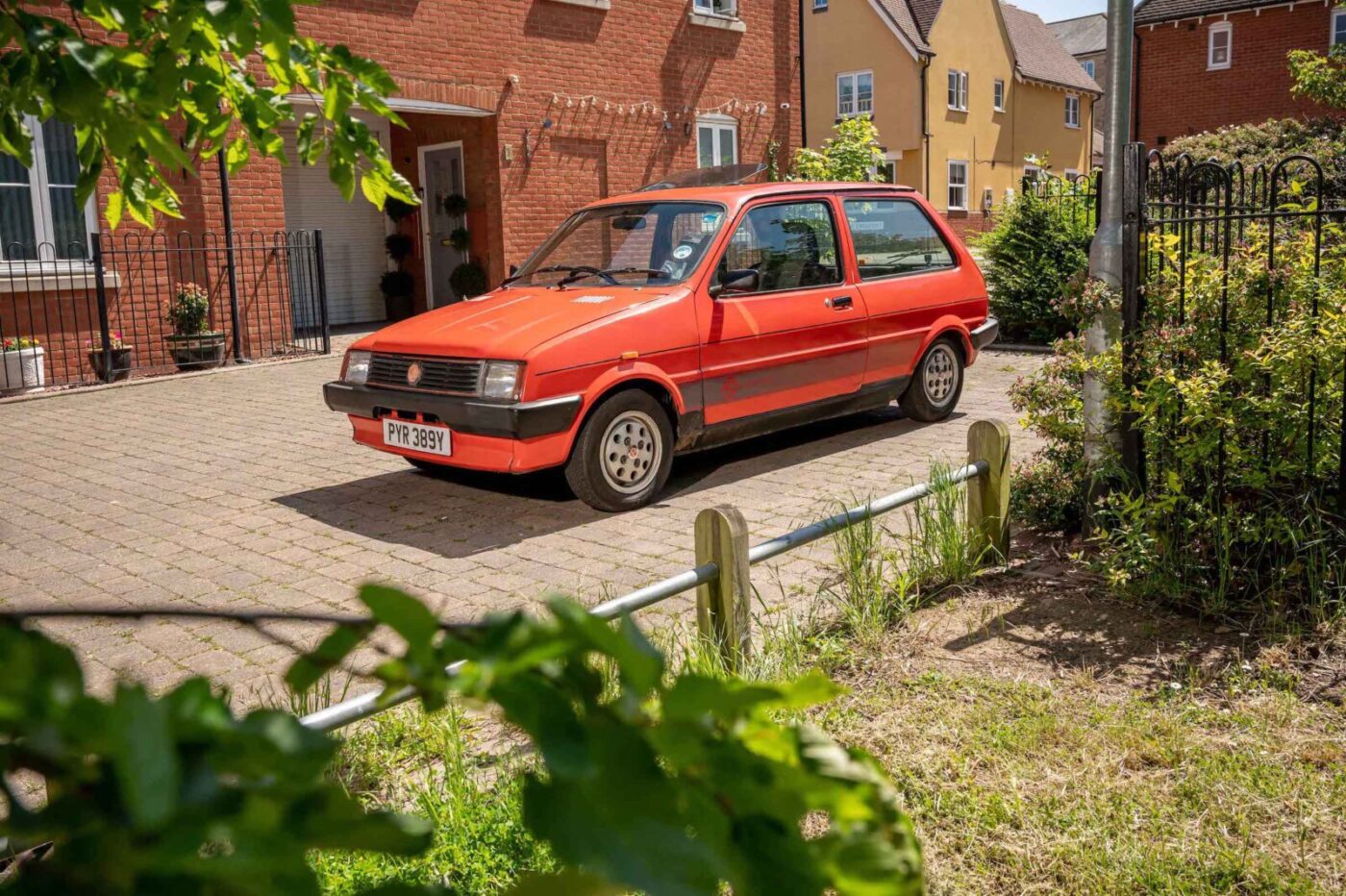
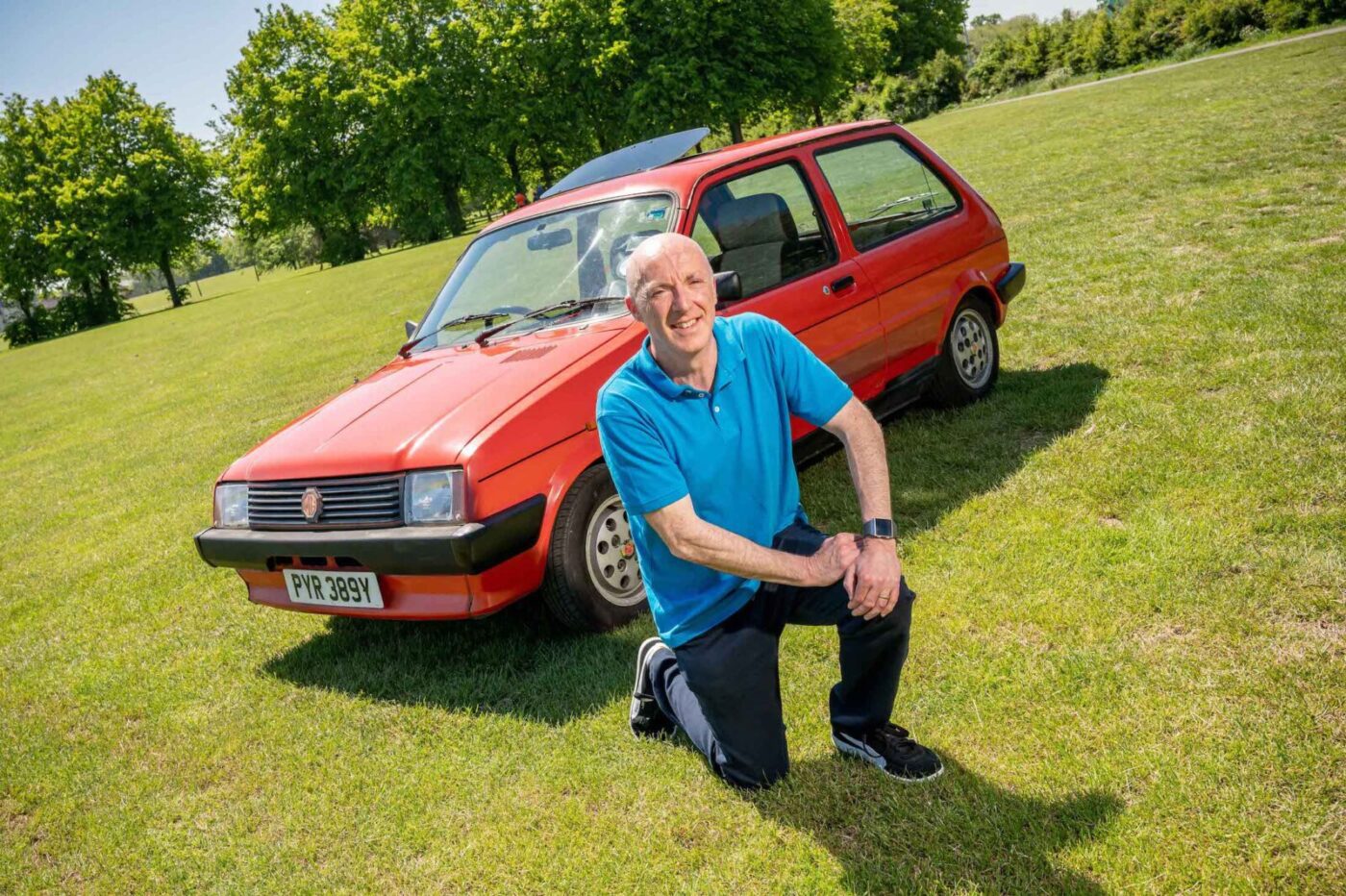
Years take their toll
These days, it’s kept in a garage, but those years outside have taken their toll and left David with a hefty bill come the autumn.
The majority of the paintwork is original, apart from the now-faded driver’s side door, which was repainted after a workshop accident many years ago.
“It was with the mechanic who, for years, kept it on the road on a budget, and one of his other customers reversed into the front door,” he says. “He resprayed it, and it looked OK at the time, but that paintwork is completely faded and looks very different.
“Given the welding work required and the new door bottoms it needs, it will possibly have a full respray as long as I can source the decals.”
Even in its somewhat sub-prime condition, Mickey attracts plenty of attention in and around Colchester.
“It’s been more noticeable in the last five years – I don’t know if it’s because they’ve become very rare,” says David, now 57.
“I saw an ordinary Metro about a week ago and I reckon I hadn’t seen another one for two years.
“These days, if I go out on a drive in the town centre I can almost guarantee someone will stop and point or smile or wave. It’s quite nice.
“The weirdest one, though, was at a level crossing on the Harwich Road about 20 years ago. The gates were closed, I’m sitting there and I saw this girl pointing and waving behind me. She suddenly got out of the car and I thought ‘Oh God, what have I done?’ She asked me to wind my window down, handed me a note with her telephone number on and said ‘I desperately want one of these, if you ever want to sell it, here’s my number. Please ring me’.
“I have kept it somewhere in a pile of stuff in the loft.”
More interesting than a Porsche
The Metro even impressed mechanics at the Porsche garage when Jill took in an old Boxster she’d bought for a service, accompanied by David to give her a lift home.
“They spotted my MG Metro and kept talking to me about it, and wanted me to bring it in,” he laughs.
He admits people often ask him why he’s kept what, to many, is an unremarkable car for so long.
“If I was being really soppy, I’ve never had children, obviously apart from Jill’s two, so it’s about as close as I’ve got to a child really,” he says.
“It would be a very sad day if anything happened to it. I’m always wary while I’m out – it only takes one person to pile in the back of me and that’s that.”

